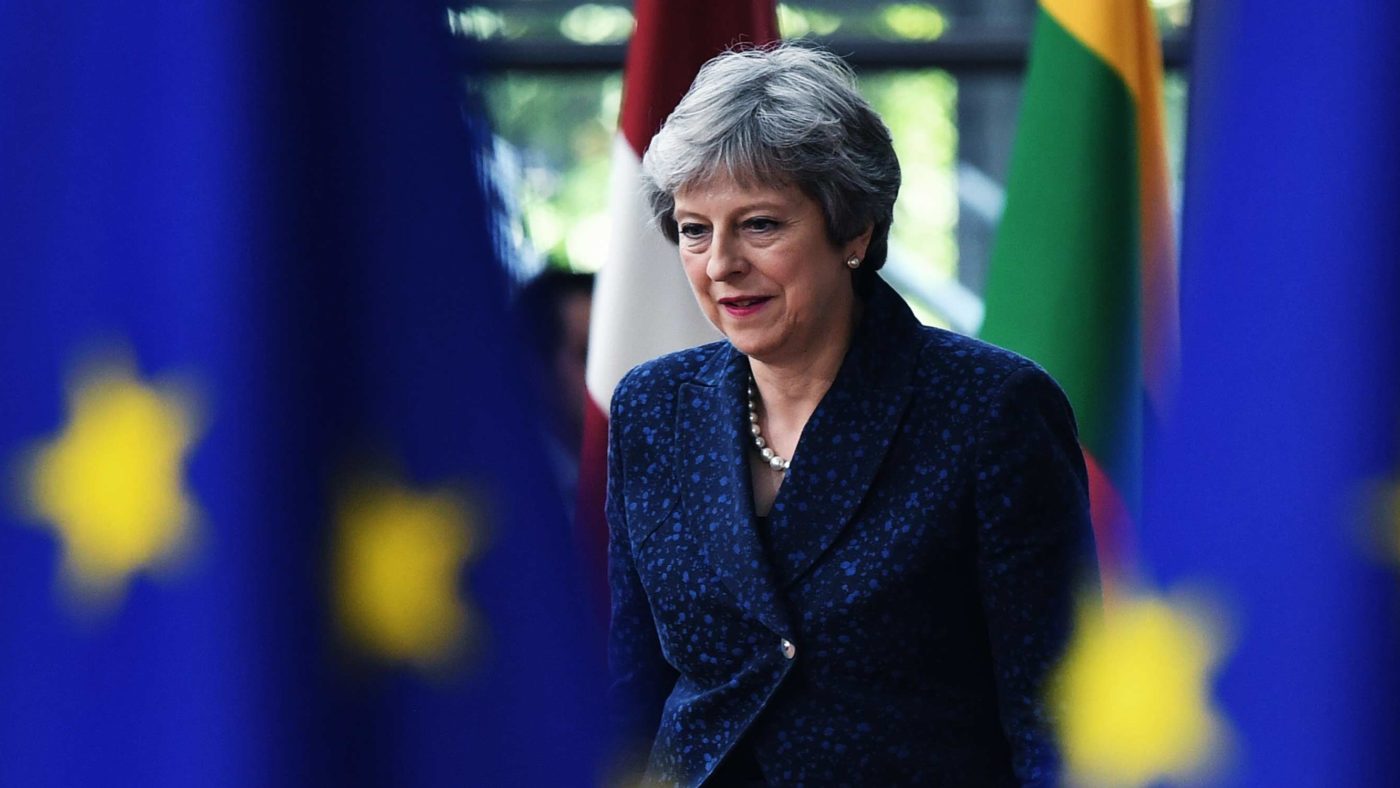The publication of the Government’s White Paper on the future relationship between the UK and the EU landed like a splash of lighter fluid on an already roaring fire.
Brexiteers, still hoarse from cries of “betrayal” earlier in the week, claimed that the proposal crossed several of the red lines Theresa May set for herself at the start of the Brexit process.
The temperature rose further on Friday, when Donald Trump told the Sun he thought his host had “wrecked Brexit”.
It isn’t just Brexit true believers and the US President who aren’t fans of May’s plan. There is no enthusiasm for it in the country. According to YouGov, just 17 per cent of voters would be happy with the Chequers plan as the final deal.
It is easy to come up with criticisms of the plan. For one thing, few people think it can make it through the Commons. Fewer still think that the EU27’s response will simply be: “Where do we sign?”
But the alternative position – that “no deal is better than a bad deal” – only works if you have prepared properly for such an outcome. Given the realities of our current position, and of Britain’s relationship with its closest and biggest trading partner, May’s plan is – by some margin – the most sensible course of action when compared with an undercooked no-deal scenario which drastically increases the odds that Brexit never happens. (I write this, by the way, as a committed Brexiteer.)
This raises a significant question. Many of those within the Conservative Party who back Chequers – both on the Leave and Remain side – have said it is the furthest that Britain can go. But what if, in order to get a deal, we have to go further still? Which elements of the current proposal should be prioritised, and which might be ditched as the price of an orderly Brexit?
In her foreword to the White Paper, May defines leaving the EU as “leaving the Single Market and the Customs Union, ending free movement and the jurisdiction of the European Court of Justice in this country . . . and ending the days of sending vast sums of money to the EU.”
Staying inside the Single Market or Customs Union would be too clear-cut a failure for the Prime Minister to survive. Immigration was so central to delivering the Leave vote that backing down on free movement would lead to a spectacularly ugly backlash.
Similarly, any more money — beyond the divorce agreement or funding for specific programmes such as Erasmus — would be nearly as damaging at the ballot box in 2022.
That leaves the ECJ. The role of European courts is one of the Eurosceptics’ oldest complaints. But to the man on the street, it is arguably the least important of the red lines that could scupper a sensible Brexit. Yes, it will be utterly infuriating for many who have campaigned on this issue. But it doesn’t stand in the way of Britain seizing Brexit’s opportunities in the way other concessions would.
The White Paper already proposes a very limited role for the ECJ in cases when a joint panel of UK and EU civil servants disagree on the interpretation of EU rules that the UK would have chosen to adopt. And when Britain strikes trade deals around the world, it will need to accept rulings from judicial bodies other than British courts.
To be clear, a sustainable, responsible Brexit will have to involve concessions from the EU too – to a far greater extent than we have yet seen. And fellow Brexiteers can certainly make a persuasive case for saying no to any kind of ECJ jurisdiction. But those arguments must be weighed against the costs of a no-deal scenario.
If the UK does need to go beyond its current proposal, the politics suggest that an element of ECJ jurisdiction is by far the least of the evils on offer.
This article is taken from CapX’s Weekly Briefing email. Sign up here.


